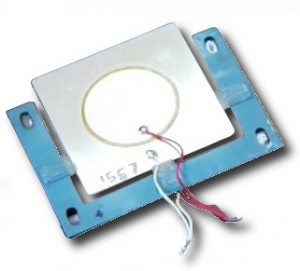

General Electric scientists appear to have developed technology that may be the next cool thing for laptops and tablets. Initially intended for power generation in gas and wind turbines, and for aviation applications, GE has adopted an advancement that it calls DCJ, or Dual Piezoelectric Cooling Jets, for consumer electronics applications.
Providing more than ten times the heat transfer of unaided natural convection, DCJs work as micro-fluidic bellows that pump high-velocity air jets to cool tablet or laptop parts. The head Electronics Cooling Researcher at GE Global Research is Peter de Bock, and he is convinced of the technology's future, saying: "Over the past 18 months we have addressed many challenges adapting this technology in areas of acoustics, vibration, and power consumption such that the DCJ can now be considered as an optimal cooling solution for ultra-thin consumer electronics products."


General Electric has already licensed the DCJ technology to Fujikura LTD, a company that specializes in thermal management solutions for electronics, energy, telecom, and automotive products, and GE is offering demonstration kits for manufacturers so they can evaluate DCJ technology for upcoming tablets and laptops.
The DCJ advancement is reminiscent of the Sandia Cooler Air Bearing Heat-Sink-Impeller, another recent development that may soon appear in a laptop near you.

 Laptop & Tablet Parts
Laptop & Tablet Parts




















